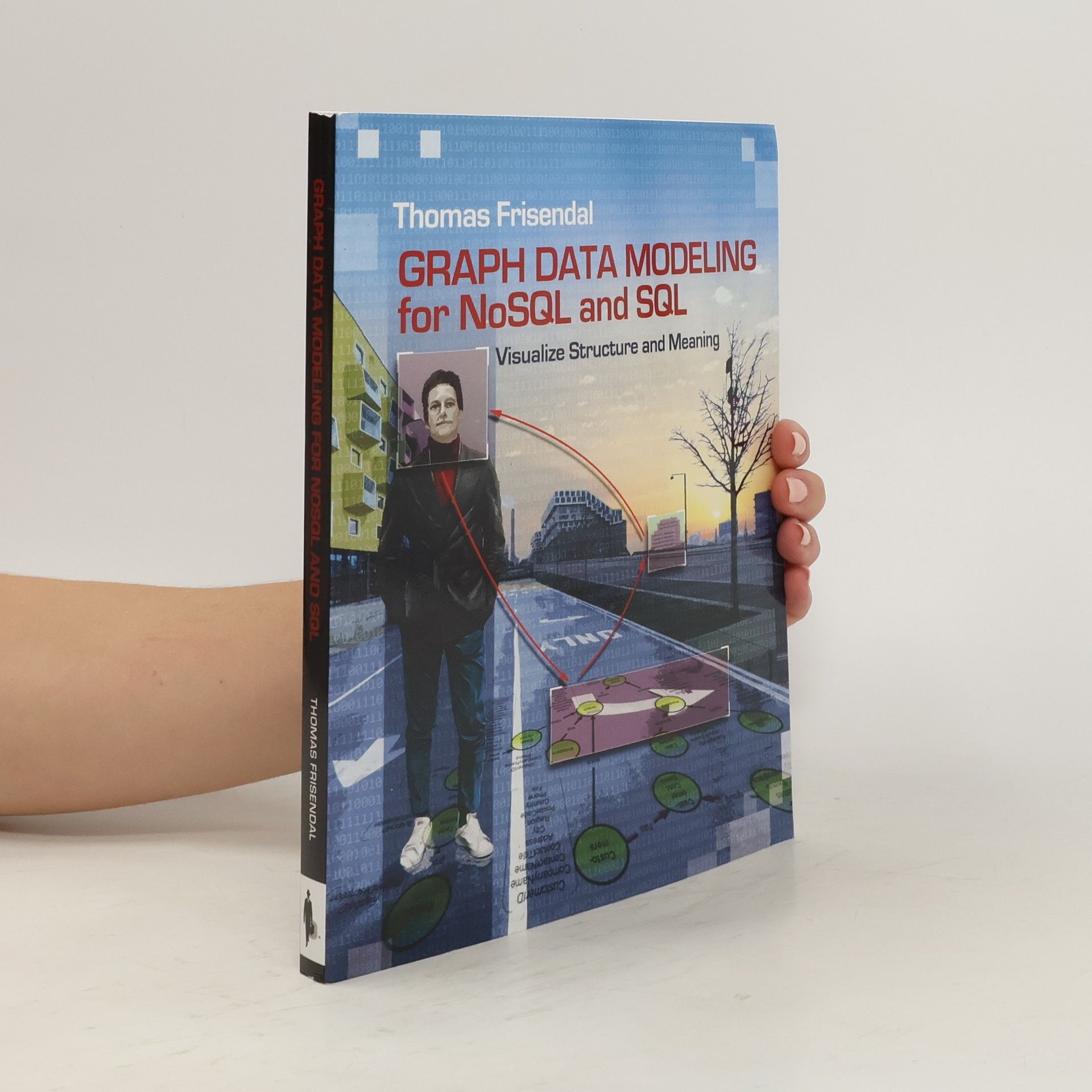Design Thinking Business Analysis
Business Concept Mapping Applied
This book integrates "Concept Mapping" with a "Design Thinking" approach in business analysis, shifting focus from traditional business processes to information quality, master data management, business rules automation, and semantics as avenues for innovation. It advances "Business Concept Maps" as information models suited for new IT paradigms, redefining business analysis towards synthesis and development. Business modellers, analysts, and enterprise information architects will find the intuitive modeling and design methods beneficial. The pragmatic and agile techniques presented can enhance how organizations manage their business concepts and relationships. Dr. Malcolm Chisholm, President of AskGet.com Inc., praises the book as a significant contribution to the information management community, noting its blend of theoretical foundations with practical methods for addressing critical issues. He highlights the necessity of creative imagination in conceptual models that effectively communicate business realities. Wayne Eckerson, executive director of the BI Leadership Forum, emphasizes that understanding business requirements has been a challenge in business intelligence (BI) projects. He commends Frisendal for introducing business concept mapping, which fosters a deeper connection between business users and analysts, ultimately improving BI project outcomes.

